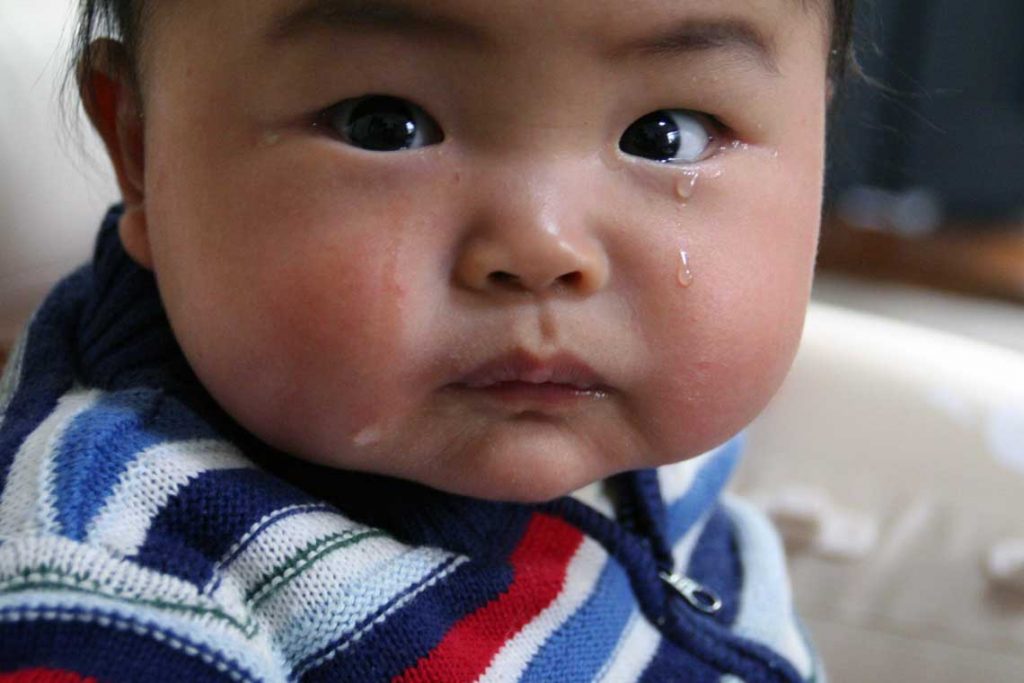What The Infant Is Trying To Tell Us When They Cry
Published (updated: ).

Situational Crisis – Personal Separation Reactions
Researchers observed that when a child was separated from their primary caregiver (typically their mother) all children seemed to progress through three stages:
The protest stage:
The initial response of virtually all children to being separated from their caregiver is protest.
Protest, for young children and infants, can show up as crying, searching for the parent, and trying to physically seek their parent. If the parent returns while the child is still in the protest phase, children can generally be soothed within a few minutes, as their nervous system is calmed by the returned parent providing comfort.
The despair phase:
Despair kicks in when protest is ineffective. If an infant’s cries and pleas for their mother to return are not responded to, children eventually shift into a state of despair. In the despair phase, a child will appear to be “settling down,” but has actually reached the point of giving up on being reunited with their attachment figure. Children reunited with the parent after experiencing the despair phase may require more, highly attentive care after reunification in order to be fully soothed and regain trust that the parent will care for their needs in the future.
The denial/detachment phase:
Children who reach the denial/detachment phase will seem unimpacted by the loss of their caregiver. When reunited with their parents, they may seem ambivalent or uninterested. Children who progressed through protest and despair and who then spend a significant amount of time in the denial/detachment phase may experience lifelong relational consequences if they do not receive professional support and therapeutic parenting methods that can help repair attachment.
